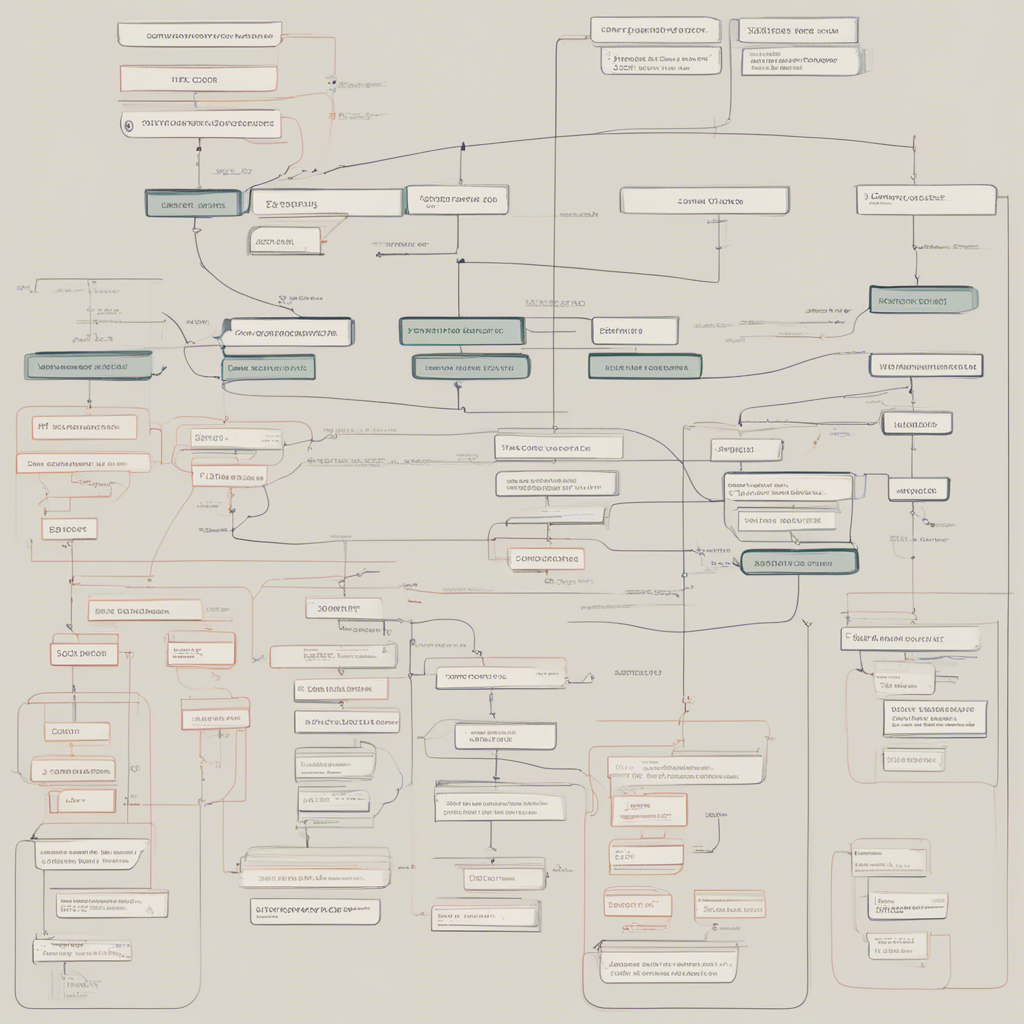
Building Scalable Web Applications: Tools and Techniques
Creating a scalable web application is essential for businesses to handle increased traffic, deliver a seamless user experience, and accommodate future growth. In this article, we will explore various tools and techniques that can help developers build highly scalable web applications while ensuring performance, reliability, and flexibility.
Understanding Scalability
Before we delve into the tools and techniques, let’s first clarify what scalability means in the context of web applications. Scalability refers to the ability of an application to handle increased loads and growing demands without compromising performance. It involves efficiently allocating resources, managing traffic spikes, and adapting to changing user requirements.
1. Load Balancers
Load balancers play a crucial role in distributing incoming network traffic across multiple servers. By evenly distributing the load, load balancers minimize the risk of any single server becoming overloaded, thus enhancing the application’s scalability. Popular load balancing tools include:
- NGINX - A high-performance web server and reverse proxy server that can effectively balance the traffic.
- HAProxy - A free and open-source solution known for its high availability and powerful load balancing capabilities.
2. Caching
Caching is an effective technique to improve the performance and scalability of web applications by storing frequently accessed data in a cache. When a user requests the same data, the application serves it directly from the cache, reducing the need for time-consuming database queries. It is important to distinguish between client-side and server-side caching techniques:
- Client-side Caching: This involves caching static assets such as JavaScript files, CSS stylesheets, and images in the user’s browser. Techniques like setting appropriate cache headers, versioning static files, and implementing content delivery networks (CDNs) can significantly reduce server load and improve response times.
- Server-side Caching: This involves caching dynamic data generated by the server, such as database query results or API responses. Popular server-side caching tools include Redis, Memcached, and Varnish. These tools enable developers to store and serve frequently accessed data directly from memory, reducing the load on backend systems.
3. Horizontal Scaling
Horizontal scaling involves adding more servers to a system to handle increased traffic. This approach allows the application to distribute the load across multiple servers, improving performance and scalability. Some techniques and tools used for horizontal scaling include:
- Containerization: Tools like Docker and Kubernetes enable developers to package their applications into lightweight, scalable containers. With containerization, applications can be easily deployed and scaled across a cluster of servers.
- Microservices Architecture: Breaking down a monolithic application into smaller, loosely coupled microservices can greatly enhance scalability. Each microservice can be individually scaled based on demand, allowing for more efficient resource utilization.
4. Database Optimization
When building scalable web applications, proper database optimization is crucial to ensure efficient query execution and data retrieval. Here are a few techniques to consider:
- Indexing: Indexing frequently queried columns in a database table can significantly speed up search and retrieval operations. Tools like Apache Lucene and Elasticsearch provide powerful indexing capabilities for efficient full-text searching.
- Replication: Database replication involves creating copies of the database across multiple servers. This technique improves scalability by offloading read operations to replica servers, reducing the load on the primary database. Popular database replication tools include MySQL Replication and PostgreSQL Streaming Replication.
- Sharding: Sharding involves distributing data across multiple servers based on a sharding key. This technique allows applications to handle large data sets by partitioning them across multiple database instances. Popular sharding tools include MongoDB and Citus.
5. Asynchronous Processing
To improve scalability and responsiveness, web applications can use asynchronous processing techniques. This involves offloading time-consuming or resource-intensive tasks to worker processes or background jobs. By decoupling these tasks from the main request-response cycle, applications can scale more efficiently. Some tools and frameworks for asynchronous processing include:
- Message Queues: Tools like RabbitMQ and Apache Kafka enable decoupled communication between different components of an application, allowing for distributed processing and seamless scalability.
- Task Queues: Frameworks such as Celery (for Python) and Sidekiq (for Ruby) provide the ability to queue and process tasks asynchronously, improving response times and scalability.
Conclusion
Building scalable web applications requires careful planning and the use of appropriate tools and techniques. From load balancing to database optimization, the strategies outlined in this article can help developers ensure their applications can handle increased traffic, maintain high-performance levels, and adapt to future demands. By incorporating these tools and techniques, businesses can provide a seamless user experience and remain competitive in the ever-evolving digital landscape.
Remember, scalability is an ongoing process, and regular monitoring and optimization are essential to ensure continued performance as traffic and user demands increase.






